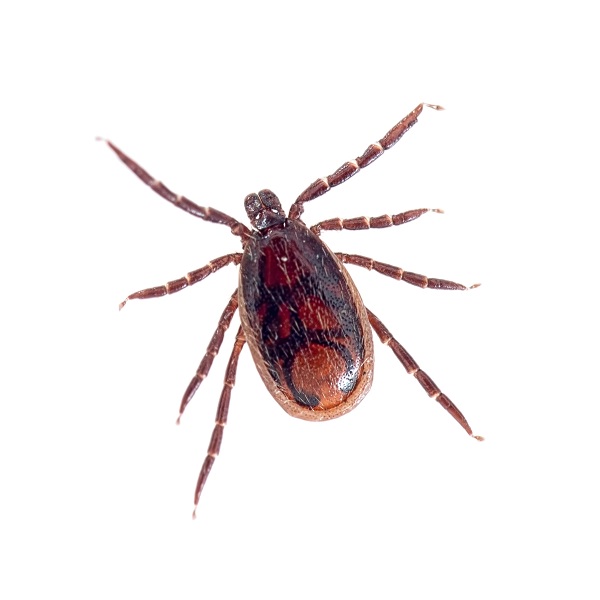What is Ehrilichiosis
Ehrlichiosis is a tick-borne disease caused by the bacteria Ehrlichia canis. Ehrlichiosis has been detected in Western Australia and the Northern Territory. Surveillance is currently being undertaken to determine the origin and extent of ehrlichiosis in NSW.
The disease is transmitted by the brown dog tick (Rhipicephalus sanguineus), the tick spreads the bacteria between hosts during blood meals. An uninfected (naïve) tick feeds on an infected dog, then transmits the bacteria to other dogs through subsequent infected life stages.

How to protect your dog
Keeping your dog up to date with tick prevention is the best way to protect your pet from acquiring ehrlichiosis. The best tick control products for this disease are topical treatments that have residual action and that will kill the tick before it bites. For further advice on the most appropriate tick prevention for your pet speak to the staff at your local Greencross Vets Clinic or Petbarn Store.

What to look out for
There are three phases of the disease: acute, subclinical, and chronic
During the acute phase of infection, a large array of clinical signs may be observed. You may notice your dog has been losing weight, not wanting to eat and appears lethargic, they may have enlarged lymph nodes and develop discharge from their nose and eyes. Infected dogs often develop bleeding tendencies such as bruising or nose bleeds. Most dogs treated during this phase make a full recovery.
The subclinical phase is a period where your pet may appear well, not showing any signs of illness. The only indicator of an infection may be mild changes in your pet’s blood test results. This phase can last from months to years. Pets in this phase may recover, remain infected with no clinical signs or may become chronically infected.
The chronic phase or the disease presents with similar clinical signs as found during the acute phase however your dog’s symptoms will be much more severe with a worsening prognosis.

How is it diagnosed and treated?
Your veterinarian can conduct tests (serological and/or molecular blood testing) and this is interpreted in combination with clinical sings and response to treatment.
Antibiotic therapy and supportive care are the mainstay of treatment for this disease. For the best outcomes it is important that your pet is diagnosed, and treatments started early.
Don’t worry, dogs that are infected cannot transmit Ehrlichiosis to their owners. In rare cases infected ticks may transmit the bacteria to humans, but this is very unlikely to occur.


 Greencross Vets
Greencross Vets 

